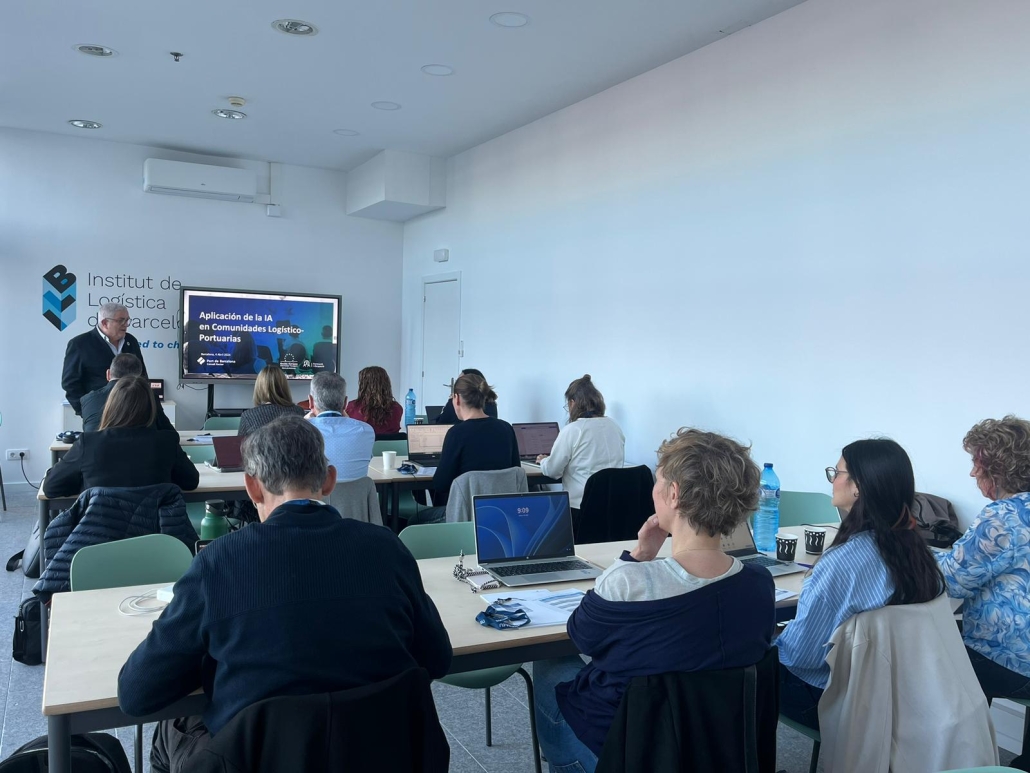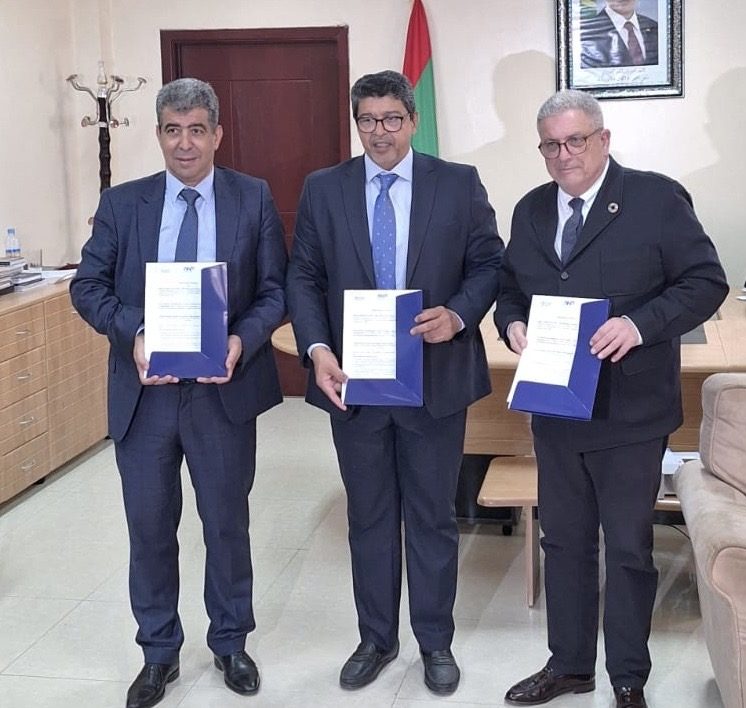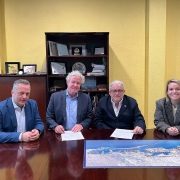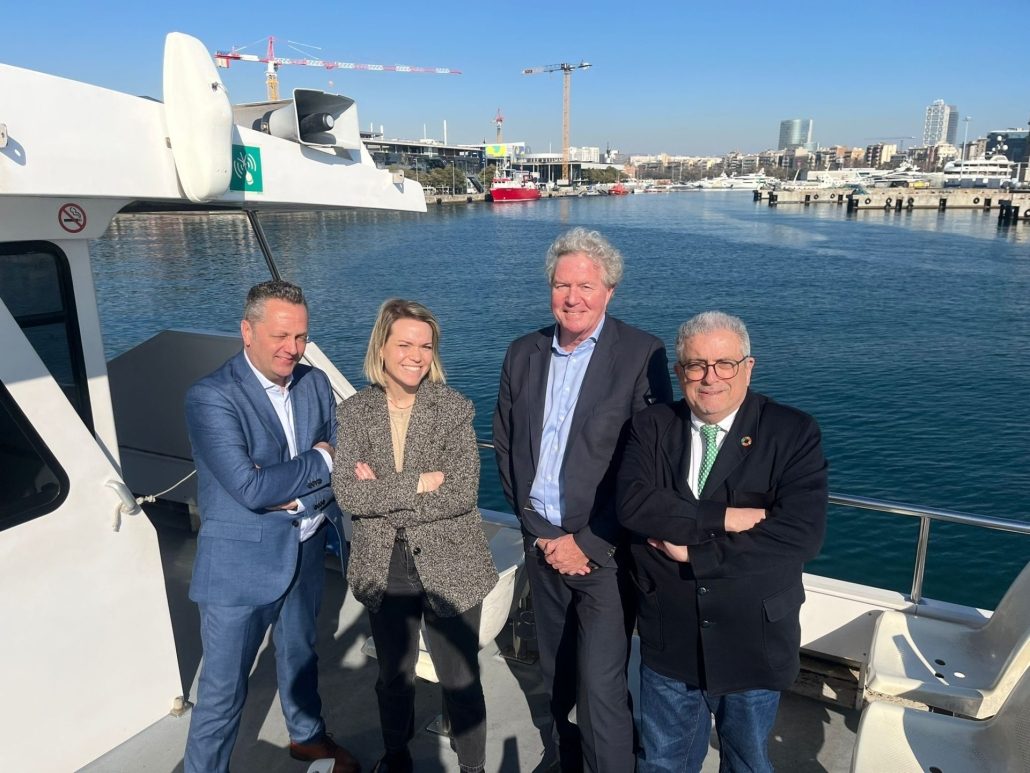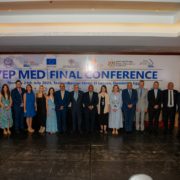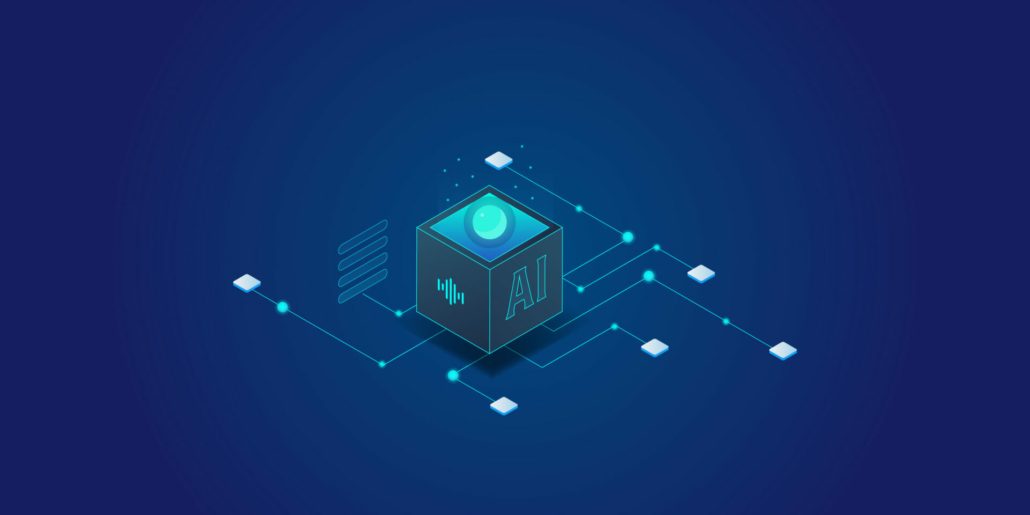Innovative AI Training for Port Logistics by Escola Europea
The Escola Europea has recently launched a pioneering series of courses dedicated to exploring the applications of artificial intelligence (AI) specifically within port logistics communities. This initiative underscores the institution’s commitment to integrating contemporary technological advancements into their educational repertoire.
Since its inception, the Escola Europea has been renowned for its experiential teaching approaches, ensuring that students gain practical, hands-on experience in addition to theoretical knowledge. The decision to introduce a series focused on AI applications within port logistics communities stems from the institution’s desire to keep pace with the rapidly evolving technological landscape. With AI increasingly permeating nearly all aspects of employment fields, it is essential to equip professionals with the knowledge and skills to navigate these changes effectively.
Courses Overview
The AI course series has already seen the successful organization of three insightful sessions, all focusing on port logistics communities. With each session taught by a seasoned professional, the courses offer specialized and valuable insights. The first course delved into AI applications in people management within ports, offering participants a comprehensive understanding of how AI can enhance workforce management and development in this specialized field. The second course focused on marketing and sales, demonstrating how AI tools can be leveraged to optimize marketing strategies and sales operations specific to port environments. The third session addressed AI’s role in finance and administrations in port logistics, highlighting its potential to streamline administrative processes and improve financial management within these communities.

The final course in this series, scheduled for July, will concentrate on operations within port logistics communities. This session aims to provide participants with a deep dive into the operational efficiencies that AI can bring to port logistics, from automation to predictive analytics.
The logistics sector, particularly within port communities, stands to benefit significantly from AI integration. AI technologies can enhance various aspects of logistics operations, including inventory management, shipment tracking, and predictive maintenance. By offering these specialized courses, Escola Europea is ensuring that professionals in the field are well-prepared to harness the power of AI, driving innovation and efficiency in their respective roles.
The Escola’s dedication to staying ahead of technological trends is evident in their proactive approach to education. By continuously updating and expanding their course offerings to include cutting-edge topics like AI, the organisation demonstrates its commitment to providing relevant and impactful education. This innovative course series is set to become a staple in their educational offerings, reflecting the institution’s forward-thinking ethos.
Final thoughts
“In an era where AI is not just an emerging technology but a critical component of various industries, staying informed and adept is not just beneficial—it’s imperative,” said Marta Miquel – the Chief Business Officer from the Escola Europea. As AI continues to transform various sectors, the Escola initiative to introduce AI-focused courses within port logistics communities is both timely and essential, fostering a generation of leaders ready to embrace and drive technological innovation.
John Dewey, an influential philosopher and educator, once said, “Education is not preparation for life; education is life itself.” This new series of courses is a testament to Escola Europea’s enduring commitment to excellence and innovation in education, ensuring that the logistics community is well-prepared for the future.




